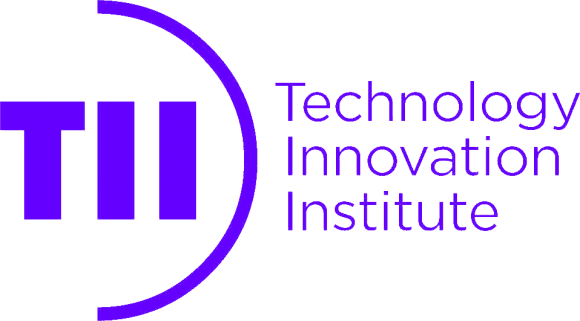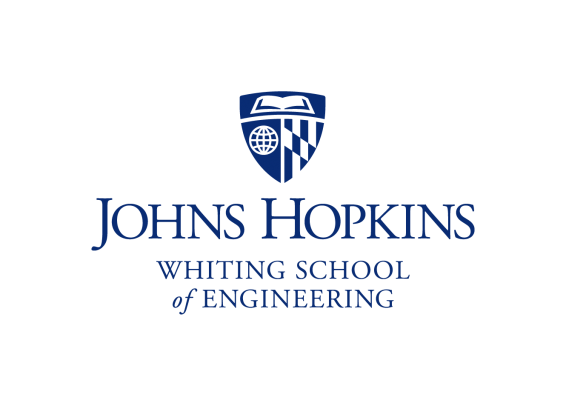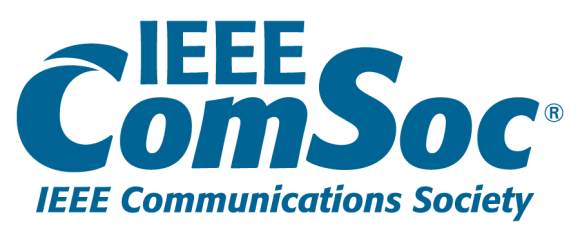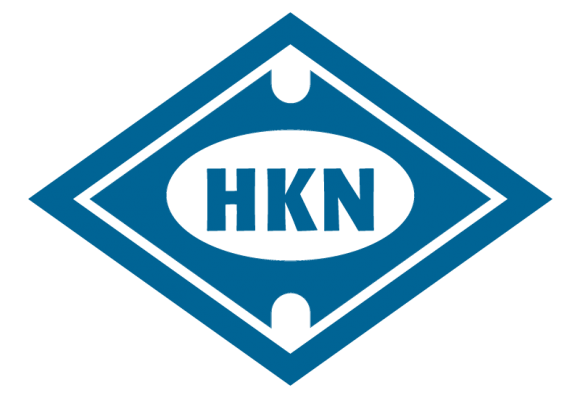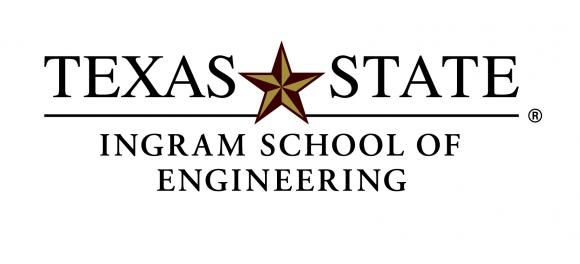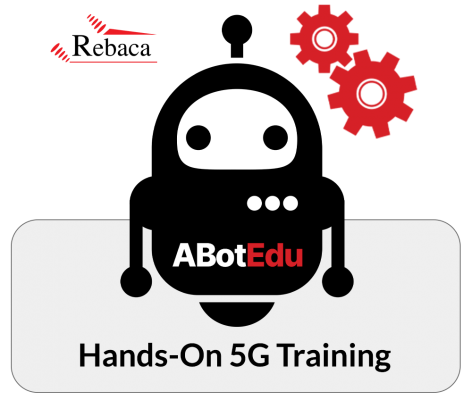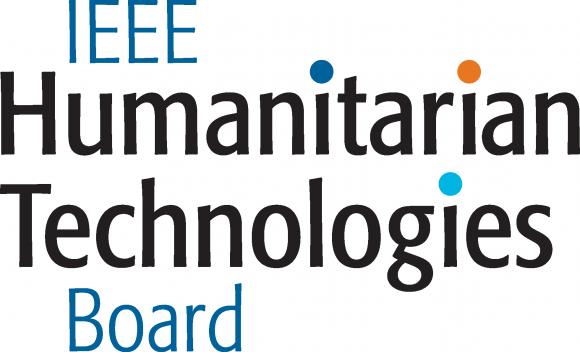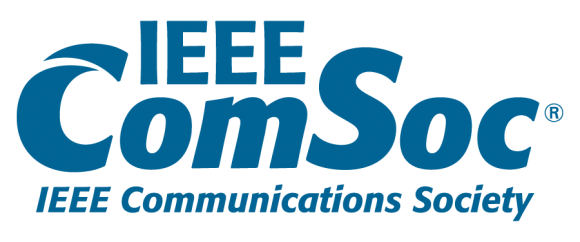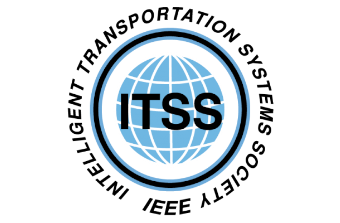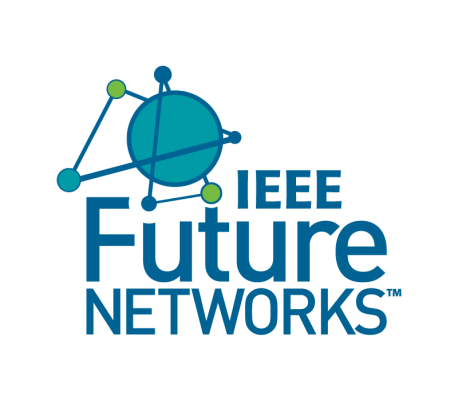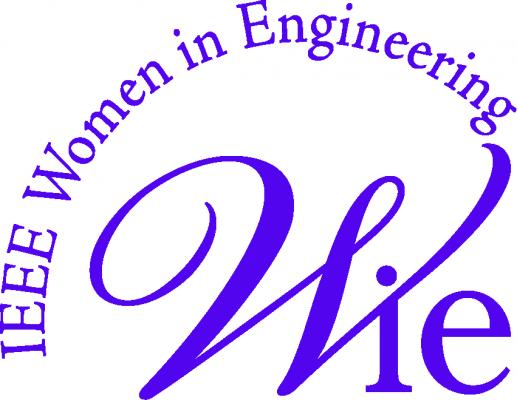Date and Time
13 November 2023 // 14:00 - 15:30 and 16:00 - 17:30
Eastern Standard Time (EST)
Moderators
- Anurag Kumar, Indian Institute of Science, India
- Subir Das, Peraton Labs, USA
Scope
Over more than two decades, Wi-Fi technology has become ubiquitous, and has served as the de-facto wireless broadband Internet connectivity from home, enterprise, and public facilities such as hotels, airports and convention centres. In particular, during the COVID-19 outbreak, Wi-Fi connectivity provided the life-line for students, educators, doctors, and businesses, and Internet service providers have seen huge increases in their traffic via Wi-Fi networks. Indeed, during the pandemic, communities across the world worked together to close the digital divide by providing Wi-Fi services. While Wi-Fi technology and the Internet have proved to be resilient and reliable over these decades, notably during the pandemic, the expectations from Wi-Fi networking have grown from broadband Internet access to applications in factories, warehouses, hospitals, and emergency response, etc. In these use-cases, requirements such as throughput guarantees, low latency (including packet latency bounds), and even seamless mobility are critical. Despite the rapid adoption of the latest physical layer techniques, including power saving mechanisms, in the new generations of Wi-Fi technologies, the industry has witnessed limited deployment of Wi-Fi networks in the above emerging application areas.
Our objective for this session is to highlight the features of the new generations of Wi-Fi technologies, understand their capabilities, and identify the gaps that are hindering the wide scale deployment of Wi-Fi technologies in emerging applications such as Industry 4.0, safety, interactive gaming, and so on. One can argue that Wi-Fi technology has performance limitations which can be traced back to air-time resource sharing mechanisms, the distributed control plane, and many other design choices that were made due to the nature of the unlicensed operation, and the constant need for legacy compatibility. On the other hand, some can draw the comparison with mobile cellular networks, which, operating in licensed bands, have also gone through a generation to generation evolution by introducing new physical layer techniques, with centralized control mechanisms, and are able to continuously support the emerging applications in a reliable manner, while sacrificing backward compatibility with the previous generations. Now with the emergence of “private” networking (or NPN (non-public networking)), applications such as Industry 4.0, mission critical telehealth, and remote factory operation are becoming a reality. Therefore, Wi-Fi networking may be at an inflection point. While Wi-Fi technologies have adopted cutting edge PHY techniques, there is a need for network-controlled MAC features with management capabilities which could be further engineered to provide performance guarantees close to cellular radio access technologies, with a significantly lower cost, and ubiquitous availability. It is, thus, imperative that we visit these issues and understand the impediments for greater Wi-Fi success in the future.
In this session, we expect to bring together users, the industry, standards bodies, and academic experts to discuss and debate the above technical issues, aiming to understand how Wi-Fi technologies can continue to be effectively deployed for current and emerging applications for many decades to come.
CONFIRMED SPEAKERS
- Boris Bellalta, Universitat Pompeu Fabra, Barcelona
- Carlos Cordeiro, Intel
- Manish Kumar, NXP
- Monisha Ghosh, University of Notre Dame
- Sai Shankar Nandagoplan, Synaptics
- Sigurd Schelstraete, MaxLinear
- Susinder Rajan Gulasekaran, Swinnovate Inc.
SHORT BIO OF MODERATORS
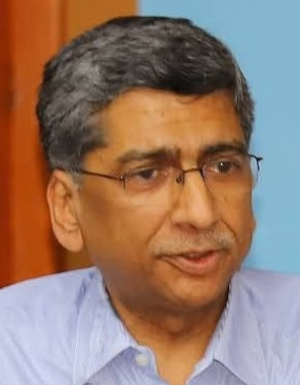 Anurag Kumar (B.Tech., Indian Institute of Technology (IIT) Kanpur; PhD, Cornell University, both in Electrical Engineering) was with Bell Labs, Holmdel, N.J., for over 6 years. Since then, he has been on the faculty of the ECE Department at the Indian Institute of Science (IISc), Bangalore. He was the Director of IISc during 2014-2020 and now holds an emeritus position. His area of research has been communication networking; he has recently focused mainly on wireless networking. In these and related areas, he has over 200 peer-reviewed publications in conferences and journals. He is a Fellow of the IEEE, the Indian National Science Academy (INSA), and the Indian National Academy of Engineering (INAE). He was an associate editor of IEEE/ACM Transactions on Networking.
Anurag Kumar (B.Tech., Indian Institute of Technology (IIT) Kanpur; PhD, Cornell University, both in Electrical Engineering) was with Bell Labs, Holmdel, N.J., for over 6 years. Since then, he has been on the faculty of the ECE Department at the Indian Institute of Science (IISc), Bangalore. He was the Director of IISc during 2014-2020 and now holds an emeritus position. His area of research has been communication networking; he has recently focused mainly on wireless networking. In these and related areas, he has over 200 peer-reviewed publications in conferences and journals. He is a Fellow of the IEEE, the Indian National Science Academy (INSA), and the Indian National Academy of Engineering (INAE). He was an associate editor of IEEE/ACM Transactions on Networking.
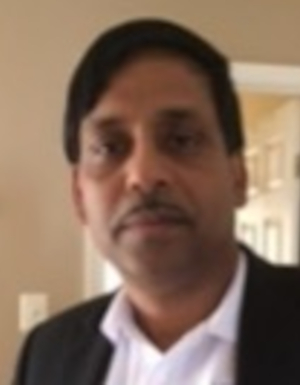 Subir Das is a Chief Scientist at Peraton Labs, Basking Ridge, New Jersey, USA, and has nearly 30 years of research and development experience. He was with Bell Communications Research (Bellcore), Telcordia Technologies and other companies before it became Peraton Labs. His areas of interest are Wireless IP Networking, Wireless Local Area Networks (WLAN), Low Power Personal Area Networks, Network Security including the Internet of Things (IoT), and Industrial Control System (ICS) security. Dr. Das currently leads various wireless networking and security topics in several organizations (e.g., IEEE 802, IETF, Wi-Fi Alliance, and Wireless Broadband Alliance) and is an Executive Member of the IEEE 802 LAN/MAN Standards Committee. He has published more than 100 papers, 5 IETF RFCs, granted 30 US patents, and is a recipient of several awards. Dr. Das served as a review member in the National Science Foundation, USA, and the National Science and Engineering Council, Canada, award review committees. He is a member of the IEEE and a reviewer of IEEE and ACM journals and technical magazines.
Subir Das is a Chief Scientist at Peraton Labs, Basking Ridge, New Jersey, USA, and has nearly 30 years of research and development experience. He was with Bell Communications Research (Bellcore), Telcordia Technologies and other companies before it became Peraton Labs. His areas of interest are Wireless IP Networking, Wireless Local Area Networks (WLAN), Low Power Personal Area Networks, Network Security including the Internet of Things (IoT), and Industrial Control System (ICS) security. Dr. Das currently leads various wireless networking and security topics in several organizations (e.g., IEEE 802, IETF, Wi-Fi Alliance, and Wireless Broadband Alliance) and is an Executive Member of the IEEE 802 LAN/MAN Standards Committee. He has published more than 100 papers, 5 IETF RFCs, granted 30 US patents, and is a recipient of several awards. Dr. Das served as a review member in the National Science Foundation, USA, and the National Science and Engineering Council, Canada, award review committees. He is a member of the IEEE and a reviewer of IEEE and ACM journals and technical magazines.



